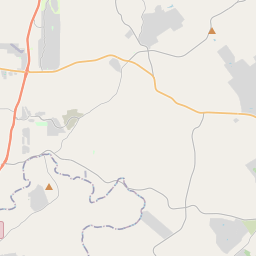Wilhelm Weidner Cemetery







Graves: 3 (1908 to 1924)
Size: 20 feet by 20 feet
Source: Comal County Genealogy Society; TxDot; USGS; Connie Krause
To address the problem of cemetery destruction and to record as many cemeteries as possible, the Texas Historical Commission offers the Historic Texas Cemetery designation.
The Historic Texas Cemetery designation was developed in 1998 to help protect historic cemeteries by recording cemetery boundaries in county deed records to alert present and future owners of land adjacent to the cemetery of its existence. Every county in Texas has at least one cemetery designated as a Historic Texas Cemetery through this program. The HTC designation is the first step toward preservation of a historic cemetery.
A cemetery is eligible for designation if it is at least 50 years old and is deemed worthy of recognition for its historical associations. The very nature of a cemetery being a landmark of a family’s or community’s presence is considered to validate the criteria of historical associations. Any individual, organization, or agency may submit a request for designation.
The first domed stadium in the world, the Astrodome, was built in Houston in 1965 and hosted numerous sporting events and concerts over the years.
In the early 19th century, German immigrants began to arrive, attracted by the fertile land and opportunities for a better life. These settlers established small farming communities and brought with them their language, traditions, and expertise in agriculture and craftsmanship. The town of New Braunfels was founded in 1845 by Prince Carl of Solms-Braunfels, becoming the first German colony in Texas.
The mid-19th century saw significant growth and development in Comal County, with the construction of schools, churches, and businesses. The area became known for its thriving agricultural industry, with farmers cultivating crops such as cotton and corn. The arrival of the railroad in the late 19th century further spurred economic growth and provided easier access to markets.
Throughout the 20th century, Comal County continued to evolve and adapt to changing times. The county's strong German heritage remained at the forefront, celebrated through events like Wurstfest, a German sausage festival. The tourism industry also grew, with visitors flocking to the county's natural attractions, such as the iconic Guadalupe River and historic Gruene Hall, Texas' oldest continually operating dance hall.
Today, Comal County is a vibrant and thriving community, blending its rich history with modern amenities and a strong sense of pride in its cultural heritage. With its beautiful landscapes, strong economy, and warm Southern hospitality, Comal County continues to be a desirable place to live and visit.
Comal County Timeline
This timeline provides a concise overview of the key events in the history of Comal County, Texas.
- 1846 - Comal County established as one of the original 23 counties in the state of Texas
- 1847 - Settlement begins in the area with the founding of New Braunfels
- 1850 - Comal County's population reaches 2,013
- 1861-1865 - County residents actively involved in the American Civil War
- 1870 - Completion of the first railroad through Comal County
- 1885 - Jacob's Well, a natural artesian spring, becomes a popular tourist attraction
- 1920s - Economic growth in Comal County, driven by agriculture and manufacturing industries
- 1941-1945 - County residents contribute to the war effort during World War II
- 1968 - Canyon Lake, a reservoir on the Guadalupe River, is completed
- 1990s - Rapid population growth and urban development in Comal County
- 2007 - Construction begins on the controversial Trans-Texas Corridor project